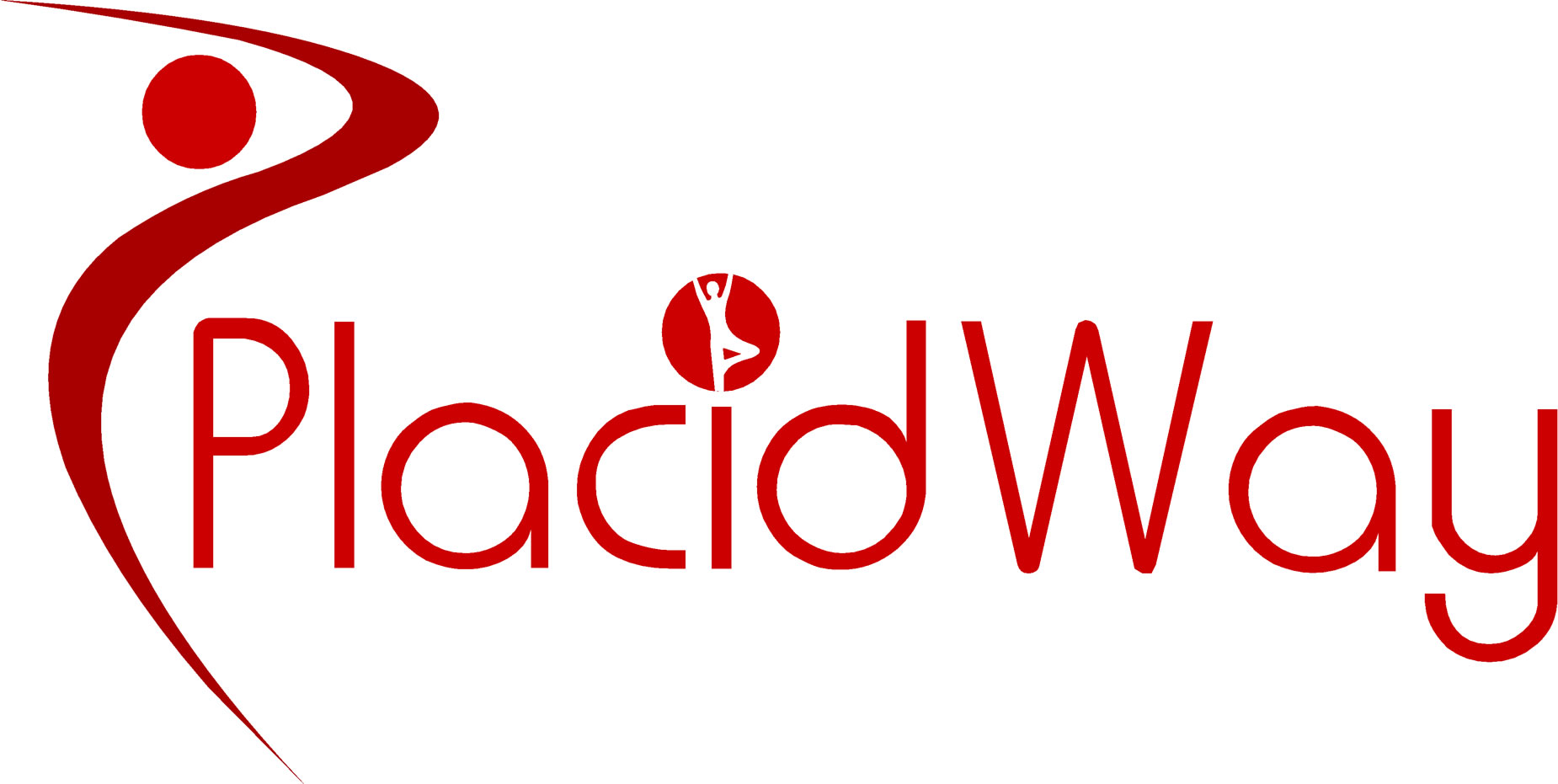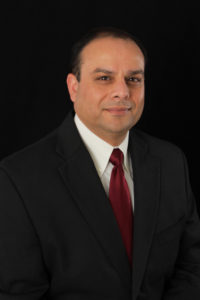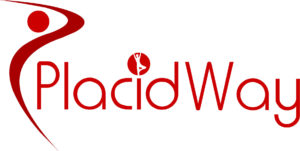
Pramod Goel, President and Founder, PlacidWay

About Pramod Goel, President and Founder, PlacidWay
Mr. Pramod Goel is president and founder of PlacidWay, an internationally recognized industry leader in medical tourism. Mr. Goel is the author of recently released book Evolution of Medical Tourism: from Cottage Industry to Corporate World.
Mr. Goel has a diverse and experience-rich background building and orchestrating start-ups, turnaround, and growth-oriented ventures. His strategic leadership and entrepreneurship has resulted in several globally successful enterprises. He is a big picture thinker, with focus on establishing best business practices, enterprise standards, and operational excellence.
Mr. Goel has been instrumental part of many global organizations, delivering many strategic and tactical solutions across multiple industries such as healthcare, technology, travel/hospitality, energy and manufacturing. His vast management consulting experience includes strategic planning, operational execution, enterprise business modeling, among many other competencies and achievements.

About PlacidWay
PlacidWay is a U.S.-based global medical tourism company with presence in over 40 countries worldwide, offering most comprehensive solution to over 650 medical providers globally, from India to Turkey to Mexico and Costa Rica.
PlacidWay’s global presence includes patient referrals from all regions including the Americas, Europe, the Middle East, CIS, Africa, and Asia. With nearly one million healthcare consumers from these regions accessing PlacidWay websites, PlacidWay has become a thought leader in the industry, providing globally deployed industry best practices, focused to attract international patients. PlacidWay has become an ultimate digital health resource for the medical tourism industry.
PlacidWay helps healthcare providers and suppliers enhance their competitive positioning while improving top line performance and achieving the most productive organizational alignment among people, processes, and systems. PlacidWay combines a value-based approach with real-world expertise and client centric culture to create, build, and deliver outstanding solutions that give customer a competitive advantage.
Medical Travel Today (MTT): With the medical travel industry changing, what is your focus and your perspectives about this growing marketplace?
Pramod Goel (PG): The medical travel industry is definitely changing. The million-dollar question is what should be the focus of this industry so that we can make it a mainstream healthcare option for all?
The next generation of medical travel industry will be driven by brand, specialization, cost and continuous education of various global healthcare options available to consumers, businesses and the supply chain.
Our focus continues to be in educating consumers and businesses about hidden healthcare gems available and how to access them in a structured and systematic way.
MTT: How is PlacidWay working in the arena of business-to-business?
PG: Being involved in the business-to-consumer market has taught us a lot of things and one of which is how consumers think. The challenge is to educate people on what solutions are available and communicate the value of medical travel as it relates to their personal needs.
In a business-to-business world, we are focusing on using similar approach of understanding consumers, members, employee’s specific needs and then providing solutions that meet those needs. For this we need to build strategic and tactical implementation plans, provide specific case studies and create an environment where people (and businesses) can relate to their own challenges. People will not just jump on the band wagon and travel for medical care, they have to understand first the concept and learn about opportunities before they embrace it.
What we’re seeing in the international business-to-business world is that a lot of people are focused on medical tourism but nobody is using data analytics and in-depth analogies to educate the consumers, members, policy holders and others beyond ideas of saving costs and quality care whether it be domestic or overseas. We need to make education go beyond saying “This is a white glove service.” or “We provide a full concierge service.”
MTT: How are you doing that, and what employers are you working with?
PG: We are focusing and working with organizations who can understand the fundamentals. We are selectively choosing employers, medical centers and third party payors who understand the depth and breadth of work needed analytically as well as data driven. This is a new transition for our company as we understand the need of the ecosystem surrounding globalized healthcare and how each player needs to participate in this marketplace. Optimization of the complete supply chain is critical for us.
For example, with self-insured employers, we are educating them that not everybody will travel for a procedure like heart surgery outright, hence, it would be pointless to offer that option when they can already avail of high quality surgery in the U.S.
What we do is we try to understand which procedures most people would opt to travel for. Take cosmetic and dental, they are common low-risk procedures and are generally not covered by insurance companies, hence, will allow them more freedom and ease to experience medical travel without a major threat. Orthopedics as well, in spite of it being complex at times, it does not require more than 2 weeks of stay. In these cases, people would see the benefit of traveling and understand the medical travel journey and hence embrace the overall concept better.
The third phase involves more complex surgeries – cancer, cardiac etc. where the chances of people going abroad for care are lower from what we have seen in the marketplace.
MTT: What countries would be most attractive for U.S. employers, and why?
PG: Right now, we are not going deep enough in that issue to be able to answer that question which is an industry-wide problem. The countries that are being presented are traditional players in the current marketplace. In order to answer that question, we need a detailed analysis of what employers need such as to reducing their healthcare costs, providing more healthcare options, etc. These analytics need to match with what their members would consider as an acceptable solution/ destination. Currently, there is a mismatch in what is offered vs. what is acceptable, hence, many programs are not successful.
We are moving towards creating pilot programs within the organization and have created some white-label products with a focus on defining the company’s needs first. There’s a need to understand the population demographics and what destinations will be most attractive for that demographics. For example, a company we are dealing with in Florida has very different demographics compared to a company in Minnesota, the employees that would be willing to travel from Florida to Latin-American countries as they better understand the cultural environments versus the employees from a Minnesota company are two different scenarios. All of these factors have to be taken into consideration during our planning process.
MTT: How is that education going to happen and who will be responsible for it? How can the stakeholders make it happen? Do you meet with any specific groups?
PG: The education for B2B business must happen within the whole ecosystem. The employer is responsible for understanding their member’s needs and articulating them while the providers must understand the needs of an employee to customize their products and services so that people engage in this.
Stakeholders in all organizations must open their eyes and try to understand the “WHY” of medical travel. If they cannot answer them properly, perhaps medical travel will not work for them. In the industry, currently, we don’t see any group taking accountability and responsibility for such programs. Everyone is interested in the TREND but not invested enough to take concrete actions to understand “WHY”.
We have met with several groups, yes, but again, the problem we have seen in the industry is that we have to de-program them from what they have learned so far and discuss the implications of understanding their employees’ needs first. This has been a very challenging process.
We need to go deeper, and go beyond simply saying there are cheaper options or better quality.
MTT: How can employers incent or educate their workforces to consider the opportunity for medical travel?
PG: Unfortunately, there’s no easy answer for that.
Based upon what I have learned in the industry, the problem is that employers are not raising that question to their own employees nor asking how best to motivate them.
There has to be a balanced approach and a greater effort to understand the employer’s point of view as well as the employee point of view both weighed against greater demographics needs.
Take the case of an electronic manufacturing company we are working with out of Houston, most of the employees in that area are from Vietnam or Mexico. Whenever the management tried to push a system without involving culturally diversified demographics, it has been unsuccessful. We tried to understand why this was happening and we have observed that management was not making an effort to understand the cultural environment which is represented by over 60 to 70 percent of employees. We have also turned to businesses such as Optimal Plus who can help with analyzing our manufacturing data and seeing the best steps to take, by looking at things such as unknown correlations. Cultural impact is important to us and we must add that in with our manufacturing data and our business as a whole.
For instance, the assemblers were mostly of Vietnamese descent and the management didn’t understand the culture or how to communicate in a way that would make an impact, hence, when they started pushing a medical travel healthcare solution, many opposed because they couldn’t understand the value or how it will really benefit them personally. As a result, no one participated.
It is important to understand that the ecosystem has to balance out at the company level based on factors such as demographics and cultural issues.
MTT: What are you going to do in the next six months to start this education process?
PG: One of the things that we are trying to educate our partners with is that instead of just talking about medical travel, let’s also develop a data driven plan and understand the nature of the problem we are trying to solve.
What are the steps that are required? How are you going to define an educational program that will matter to the people and increase their participation?
If you don’t involve the people who will be receiving the plan, it’s not going to be successful. Understanding employees needs and expectations from a program is a key factor.
A perfect example would be is if you give consumers the incentive to get a small procedure overseas and ensure its success. It would pave way to more procedures taking into reference the first-hand experience that it was an inexpensive but pleasant. This kind of story will create excitement and will draw interest from other people. That for me is the first step towards success in this industry.